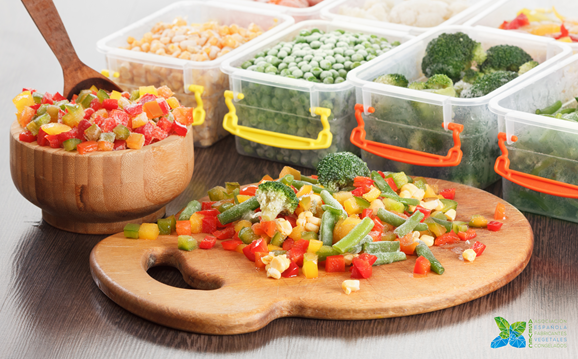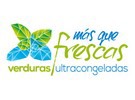Consumers are buying more frozen vegetables when they go shopping because they are a cheaper healthy option in the face of the general increase in prices. Despite also being affected by the increases, this product category has become an increasingly interesting alternative for consumers, as it is cheaper than other options.

According to the Spanish Association of Frozen Vegetable Manufacturers (ASEVEC), "the current situation is highlighting the benefits of frozen vegetables. They play a key role in nutrition and a varied and healthy diet. They are low in calories, and a great source of vitamins, minerals, and fiber. In addition, they help hydration and favor intestinal transit."
"In addition, there is a varied offer of frozen vegetables, such as broccoli, peas, beans, cauliflower, and peppers. Some of the most outstanding ones are frozen onion and garlic. This solution allows consumers to have these ingredients readily available in their freezer all year round, without them spoiling, providing great comfort and a significant saving of time and expenses when shopping."
The main difference between frozen and fresh vegetables is the ultra-freezing process to which they are subjected. "This process freezes the product at a high speed while keeping the product in continuous movement to preserve its quality, flavor, and nutritional value. The product is frozen with -40° C air, which allows the product to quickly reach a temperature of -20 ° C and maintain the nutrients and texture it had when it was fresh," stated Alvaro Aguilar, the general secretary of ASEVEC.
"In addition, since the raw material is collected at its optimum time of ripening, we avoid their deterioration reducing the percentage of organic waste. In addition, consumers receive a clean and chopped product, which also decreases the amount of waste being generated."
"Frozen vegetables maintain all their nutritional properties, they are sustainable, and are more economically affordable because they are collected in times of greater supply or abundance, and thus have more competitive prices," stated Aguilar.
For more information:
Asociación Española de Fabricantes
de Vegetales Congelados (ASEVEC)
www.hoyverdurascongeladas.com
